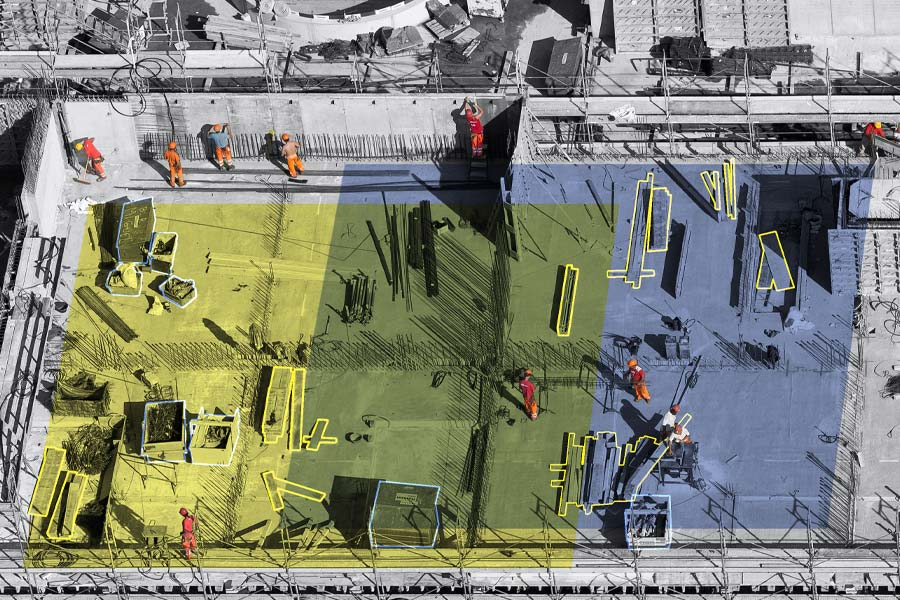Illustration by Dalbert Vilarino
Digital document sharing and collaboration platforms such as Bluebeam Revu have made it possible for construction industry professionals to create, review and certify drawings in a completely digital world, as well as manage contracts, bids and reports.
But as industry professionals increasingly sign off on the digital dotted line, how do you know which documents and drawings are secure and trustworthy? What’s more, how do you let partners and clients know that your documents and drawings are trustworthy?
There are three types of levels of authenticity when it comes to dealing with PDFs, according to Matt Beaumont, a Bluebeam technical account manager, and some of them share similar elements, which can make knowing when to use each properly somewhat confusing.
- Electronic signatures
- Digital signatures
- Document certifications
“Electronic signature vs. digital signature are two different versions of the same kind of feature,” Beaumont said. “You can think of electronic signatures as an umbrella term for someone signing something digitally, applying something to represent their identity in a digital file. Digital signatures are a version of an electronic signature that has more advanced capabilities.”
Here is a more detailed breakdown of each.
Electronic Signatures
Electronic signatures are defined as a sound, symbol or process attached to, or logically associated with, a contract or other record and executed or adopted by a person with the intent to sign the record.
That’s a legal mouthful way of saying, in essence: any sound or symbol that means approval to move forward in a digital process. It might be as simple as saying “yes” into a phone while navigating an automated menu, or clicking a box to approve of a website’s cookie policy before continuing, or even a scanned image of an actual signature. However, it might also be a binding contract on a bid which your company is now responsible to fulfill, and this is where digital signatures become important.
Digital Signatures
According to Beaumont, “a digital signature is applied using a digital ID that is unique to the signee, and digital signatures use encryption to validate document integrity. Behind this signature is a digital ID, and that digital ID is something that can be used to validate the identity of the signer itself.”
In other words, a digital signature is specific to a single individual’s identity, the signer. Even if you were to sign a different name than your own on a digital contract, the digital signature is placed by your computer and is attached to your identity.
For construction industry professionals, digital signatures are most often used for:
- Design review
- Submittal reviews
- Bid sets (bidders apply takeoff markups)
- Construction sets
In all of these processes, digital signatures indicate exactly who took what action and when. This is partially for the obvious reasons of keeping track of the work of different professionals and teams, but also for protecting everyone on a project from confusion and even fraud.
Digital Certifications
But what’s the difference between digital signatures and document certifications?
Beaumont described the difference as one of process. Digital signatures and digital certifications are “a little bit of apples and oranges … those are two different workflows that use the same capabilities.”
Although digital signatures and document certification are both individually encrypted by the same digital ID of whomever applies their signature or certification, Beaumont described document certification as used for “authenticity, integrity and to ensure that a document is official … that carries a little bit more weight in the sense that it’s going to limit the capabilities of the document after that’s been applied.”
Document certification is commonly used for:
- Paid invoices
- Official forms and applications
- Legal and financial documents
- Medical records and transcripts
Once a document is certified, that does create certain restrictions on its use. You might have fill-in forms or digital signature fields on a certified document, and others can still add sticky notes or other markups, but those are not actual changes to the certified document.
And, to be sure, if you’re creating a digital document that you intend for others to apply a digital signature to—such as a contract or a bid—that signature field must be placed before certifying the document. However, users can’t change the actual content, insert or extract pages, or combine certified documents.
Digital signatures and certifications, and electronic signatures more generally, may seem like they’re different ways to describe one concept—but they’re quite different terms of art.
















